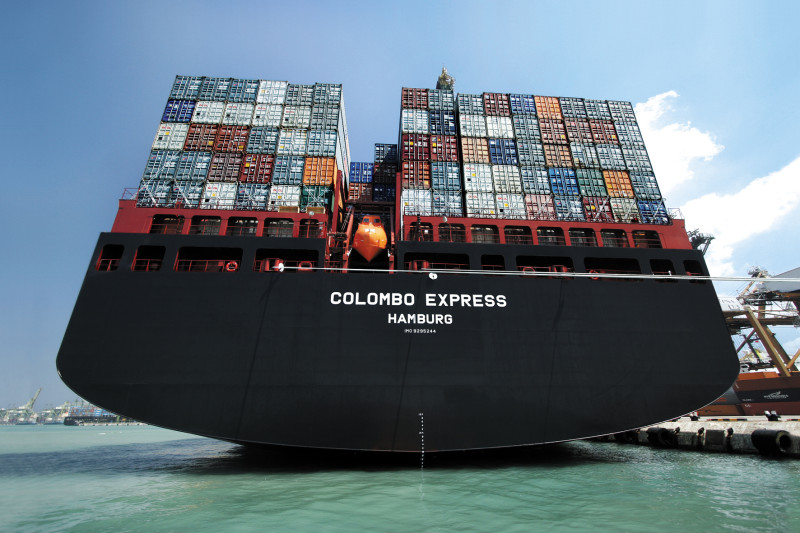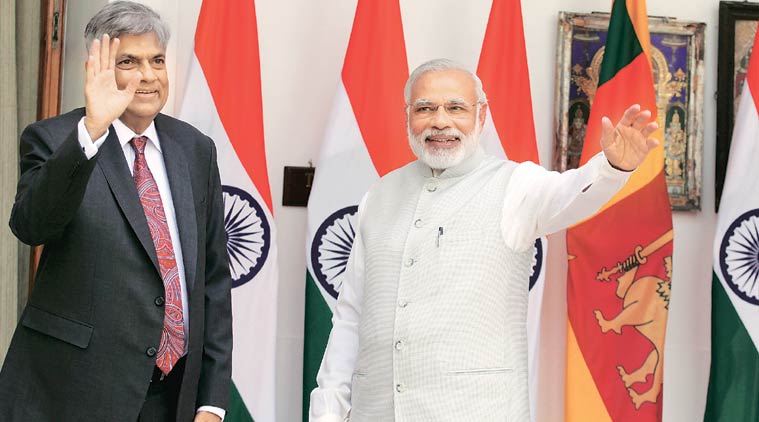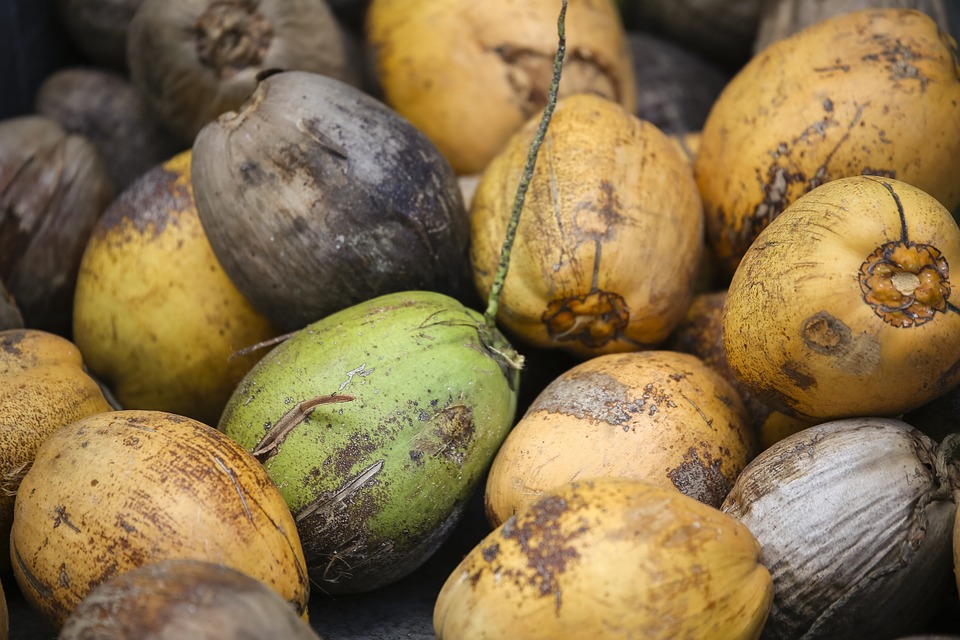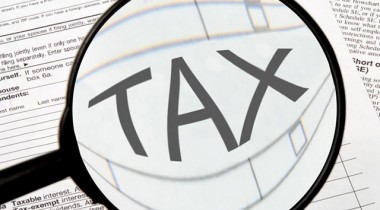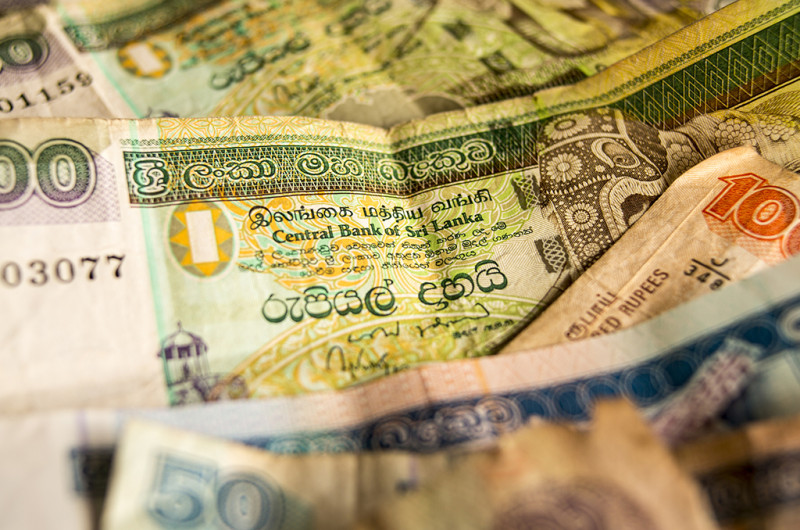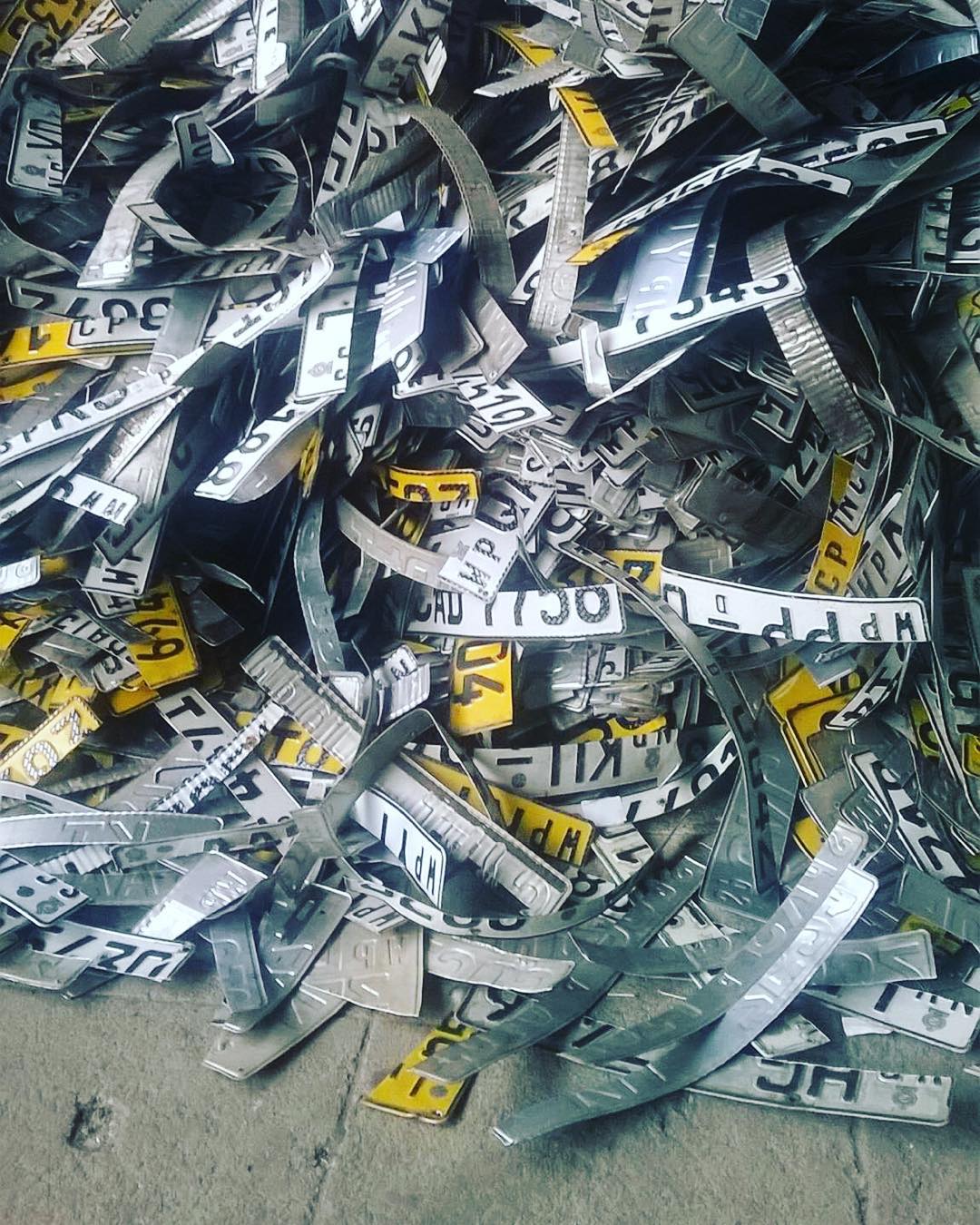
Transport is definitely something we take for granted, in that we don’t really stop to think about it as we go about our day to day lives; but the moment your car refuses to start, all hell breaks loose. All of us have had those bad days which start with a flat tire or a bus strike, and then snowball into a horrible day at work.
Let’s face it. When you live in a place like Sri Lanka, having a vehicle can be a boon. While most people just thumb through the classifieds section of a local newspaper looking for a good car at a wonderful price, what they don’t realise is that a country’s vehicle market can actually hide a lot of interesting information. For one, it can reveal a lot about a society’s preferences, and, at a much broader level, information about a country’s development.
With that in mind, we recently decided to slice and dice Sri Lanka’s vehicle registration data. Here’s what we learned.
There Are Over Six Million Vehicles On The Road
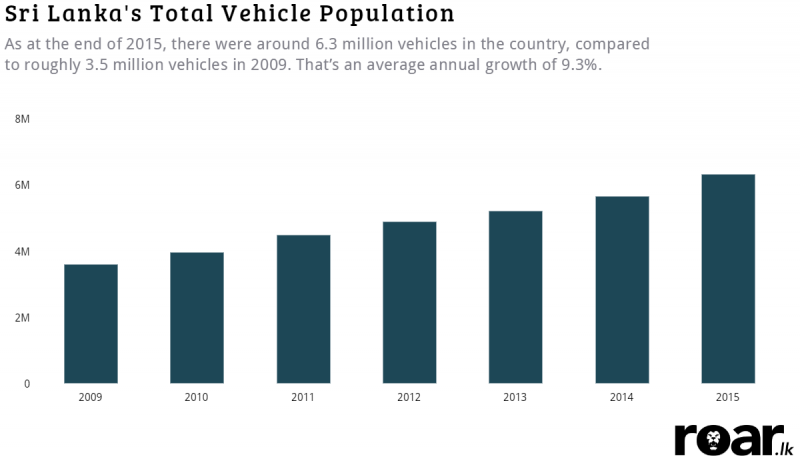
Source: Roar.lk / Department of Motor Vehicles, Sri Lanka
This is a no brainer, really. As a country’s per capita income rises, it is normal for its vehicle population to increase. In other words, as people become richer and their living standards improve, they will start spending the extra money on things like better vehicles. By the end of 2015, there were around 6.3 million vehicles in the country, compared to roughly 3.5 million vehicles in 2009. That’s an average annual growth of 9.3%.
Vehicle Registrations Soared Between 2014 And 2015
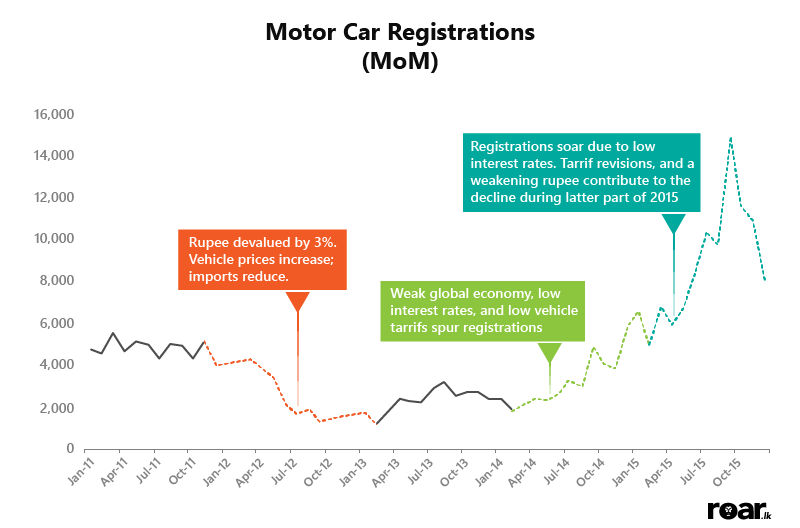
Source: Roar.lk / Department of Motor Vehicles, Sri Lanka
First, pay attention to the parts of the chart marked in orange. You might recall how, in late 2011, the then government devalued the rupee by 3% against the US dollar. This pushed up the prices of vehicles, which is reflected in the subsequent decline in motor car registrations.
Now have a look at the the period starting from January 2014 (highlighted in green) where imports started picking up due to a few reasons. One, the already weak global economy entered pretty shaky territory. Two, Sri Lanka entered a (comparatively) very low interest rate environment, and three, vehicle tariffs were revised downwards, especially for hybrids and electrics. The boom in vehicle registrations continued up until September 2015, after which registrations started to come down.
The above chart only reflects the registrations of cars. For data regarding motorcycles and tuk tuks, see below.

Source: Roar.lk / Department of Motor Vehicles, Sri Lanka
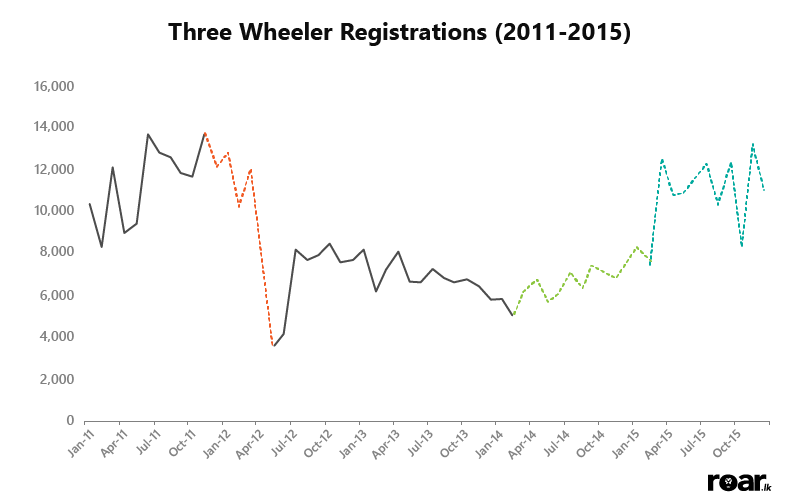
Source: Roar.lk / Department of Motor Vehicles, Sri Lanka
Sri Lankans Love Their Toyotas
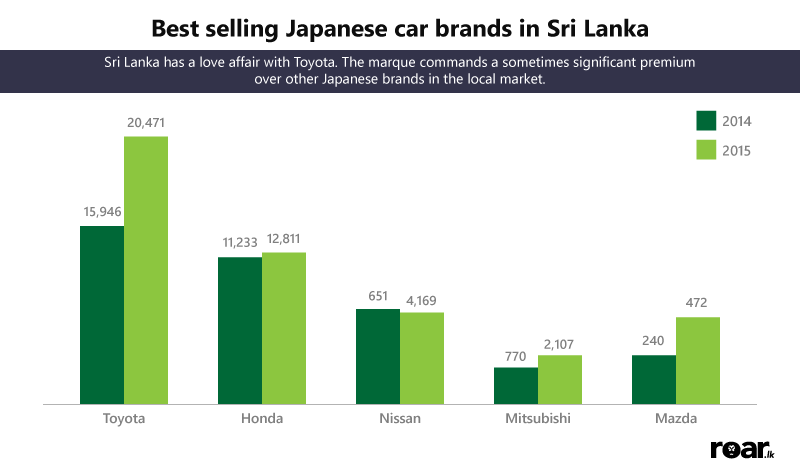
Source: Roar.lk / Department of Motor Vehicles, Sri Lanka
Any true Sri Lankan knows that in this little country, ‘there ain’t no car like a Toyota’. Toyotas command a higher premium in the local car market (even when compared to other Japanese brands like Honda), presumably because locals tend to think of them as far, far superior in terms of reliability, fuel efficiency, and running costs. Yes, the wide availability of aftermarket parts for Toyotas (and Japanese cars in general) mean that one’s maintenance costs are going to be lower in the long run. But when it comes to reliability, things are not quite what they used to be.
Up until 2005 or so, Toyota was the king among Japanese car makers across pretty much all segments, and especially in the compact and mid-size sedan segments, closely followed by Honda, Mitsubishi, and a host of other Japanese manufacturers. But other automakers, especially Ford, Hyundai and Kia, have wisened up, meaning that nowadays, there really isn’t that much of a difference between Toyota and its closest rivals (that includes the Koreans, and Ford). Also, fuel efficiency is largely similar across major automakers, and has been that way for some time now.
For the short term at least, Toyota is set to maintain its position as perhaps Sri Lanka’s preferred car brand. Over the long run however, nobody can really tell for sure. As anybody following the car market knows, Kia and Hyundai, once obscure Korean upstarts, have seriously stepped up their game (really, who thought Kia would would be the one trying to make station wagons cool again, and that Hyundai will build what is basically a luxury yacht on wheels?), and even Toyota-loving Sri Lankans are warming up to them. Also, the relative unavailability of parts should correct itself as demand grows, as basic economic theory dictates. That, then, should be an interesting battle to watch.
Sri Lanka Also Continues To Do Karl Benz Proud
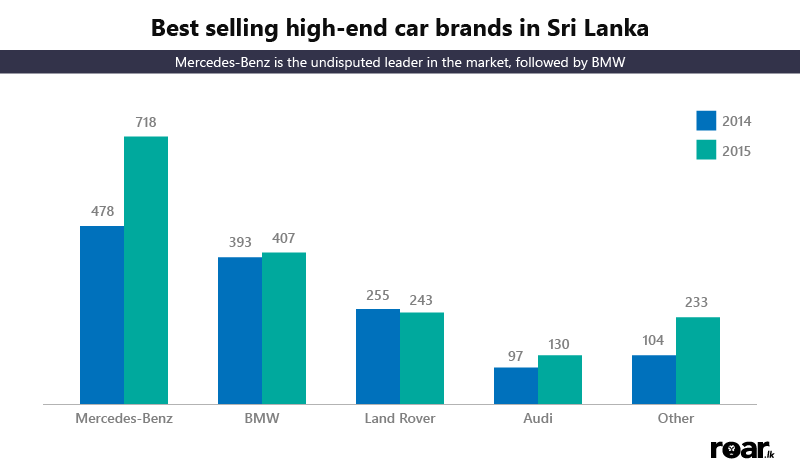
Source: Roar.lk / Department of Motor Vehicles, Sri Lanka
When it comes to the Sri Lankan high-end car market, one brand has held the throne since the time motor cars first appeared in this country. And that is none other than Mercedes-Benz, that famed German auto maker who promises ‘The Best or Nothing’ to its customers. You can ask your grandad, or your dad, about their dream car, and nine times out of ten, there’ll be a Merc involved. If you, as a Sri Lankan, own a Mercedes, other Sri Lankans will know that you have, well and truly, arrived. It’s one of those weird quirks about this little country of ours.
Given the strength of its brand in this country, it is no surprise that Mercedes continues to dominate. BMW bags silver, while Land Rover has managed to come in third over the last two years.
Turns out we also love our Discoveries, Evoques, and Defenders.
Electric Ain’t That Popular, Bro
There has been a pretty impressive pick up of electric cars in Sri Lanka recently. The Nissan Leaf is the market leader, but the day when the entire country will run on electric cars is pretty far away. In 2015 alone, 3,239 electric cars were registered. But, that is nothing compared to the number of petrol cars registered (58,801) or even the number of petrol/electric hybrids registered (40,884).
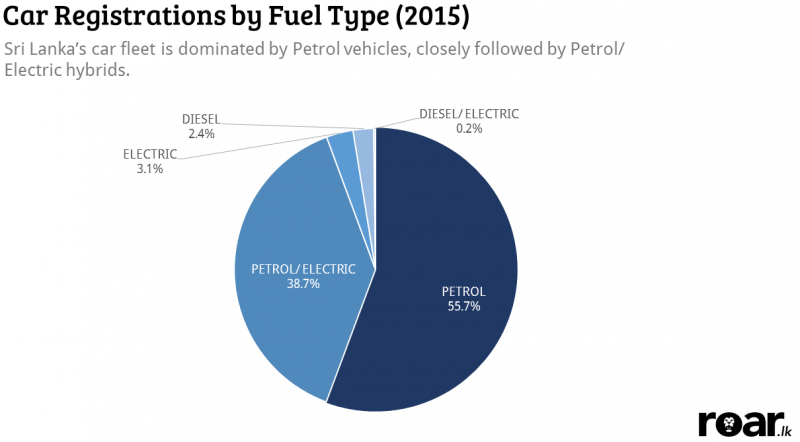
Source: Roar.lk / Department of Motor Vehicles, Sri Lanka
And, in case you were wondering, there is a grand total of eight Teslas in Sri Lanka, according to the data from the DMV.
So there you go. The next time someone you know starts cursing the traffic, you’re armed with enough information to steer the conversation to a higher ground, and impress them with your wit. Keep it up for long enough, and who knows, you might end up becoming the office / family oracle (at least where vehicles are concerned).
Cover image credit: Gazala Anver
